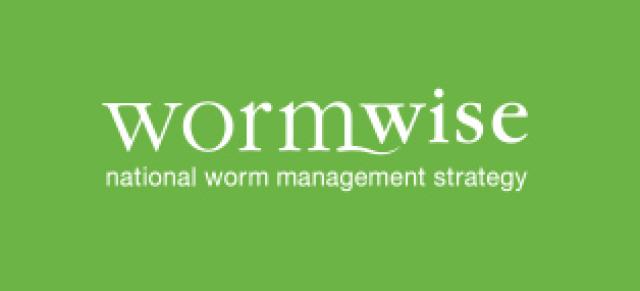Follow this Safe Work Procedure when working with Chainsaws. It is important that all workers are competent in the use of the type of chainsaw they are using and are familiar with the operator’s manual prior to operating the chainsaw.
What are the minimum operator requirements?
- Worker must be under direct supervision until assessed as competent by person in charge of the workplace
- Never work alone. Have someone within calling distance
What equipment do you need?
- All personal protective equipment should be to a recognised AS/NZ safety standard, maintained and replaced when necessary
- Steel capped safety boots with firm ankle support (AS/NZS 2210.1:2009).
- Safety trousers or chaps (AS/NZS 443.3:1997)
- Hi Visibility Safety Helmet (ATV–NZS 8600:2002 or AS/NZS 1801:1997) with visor if flying debris likely
- Hearing protection Class 5
- Gloves
- Eye protection (AS/NZS 1337:1992)
General Procedure
- Co-workers should be in sight of the operator if safe, in order to enhance communications due to hearing protection
- If the worker must be working alone, refer to the Lone Worker Safe Work procedure
- Check the chainsaw to make sure it has been correctly maintained and is in safe working order. The following features must be fitted:
- Chain brake
- Safety mitt
- Chain catcher
- Rear handguard
- Throttle lockout
- Lubrication system
The following procedures must be followed
- Check chain sharpness and tension
- Check no chain rotation on idling
- Check all external fittings are secure
Starting the chainsaw
- Check correct fuel/oil and chain oil.
- Use only approved starting methods:
- Cold start (saw on the ground)
- Warm start (saw on the ground or step-over method).
- Never drop start a chainsaw.
When cutting, use the proper stance and hold the saw correctly depending on the type of cutting action
- Never use a chainsaw with one hand
- Avoid kickback. Do not overreach or cut above shoulder height
- Regularly check chain tension, oiling and sharpness. Chain tension should be checked when cool
- Regularly check all nuts bolts and screws for correct tension
- Follow the five-step tree felling plan, especially noting escape routes
When refuelling
- Stop the motor and place the chainsaw on clear ground. Apply chain brake
- Fill the oil tank first to allow the chainsaw to cool down
- Take care not to spill fuel on hot motor components. Wipe any spilt fuel from the chainsaw
- Move at least three metres away from the fueling point before restarting
- Do not smoke while refueling
- Use an approved container that does not leak
What are the risks?
- Lacerations
- Amputation
- Eye injury
- Crushing
- Broken bones
- Carbon Monoxide poisoning
- Hearing loss
- Vibration disease “white finger”
- Fire
Find out more
WorkSafe Good Practice Guidelines “A Guide to Safety with Chainsaws”



